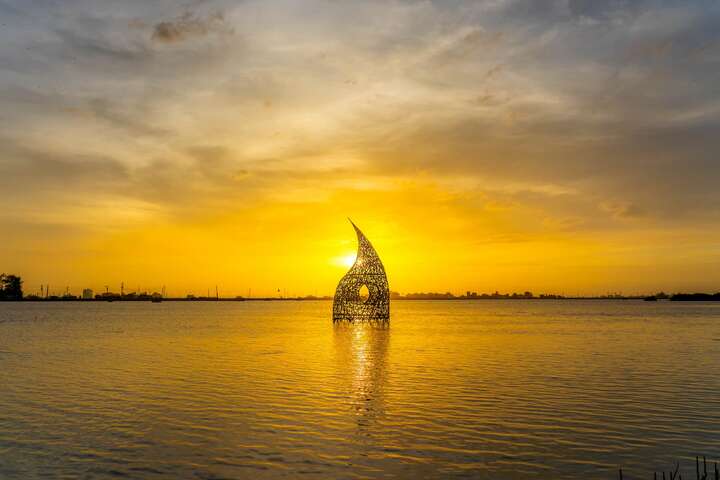Chenglong Wetlands Introduction
Cheng Long Wetland originated from the farmland relied upon by the residents of Kouhu Township. Due to its low topography and the long-term over-extraction of groundwater, the land has experienced severe subsidence and continuous flooding. Combined with typhoons that induce seawater backflow, it has transformed into a wasteland, now a paradise for wetland plants and waterbirds. Covering an area of 50 hectares, Cheng Long Wetland is an excellent spot for birdwatching in the coastal region. Long-term observations by local birdwatchers have recorded the rich ecological resources here, including rare bird species such as the Black-faced Spoonbill, Mallard, Black-tailed Godwit, Water Redstart, and Short-eared Owl. In October and November, the most commonly seen ducks in Cheng Long Wetland are the Little Grebe, followed by the Northern Pintail. As winter approaches and the northeast monsoon strengthens, the wetland becomes cooler, and birds sometimes hide in the grasses, patiently foraging, providing opportunities to catch a glimpse of the adorable small geese! The annual Cheng Long Wetland International Environmental Art Festival has left behind many artworks resonating with the wetland ecology, making it a popular Instagram-worthy spot. Although the art festival began a transformation in 2022 and will not hold large events for now, it continues to foster the creation of community-rooted artworks through the participation of resident artists, villagers, and visitors.





























